
- Home
- Photography Tours
- Diary / Blog
- Galleries
- Foreign Trips
- Tasmania 2016
- NE Queensland 2016
- Western Alps 2016
- NE Spain 2016
- Australia's Wet Tropics 2015
- Australia's Top End 2015
- SW Australia 2015
- Switzerland 2015
- Andalucia 2015
- Belize 2015
- Australia 2014
- Switzerland 2014
- Belize 2014
- Bahama Islands 2014
- Switzerland 2013
- Ecuador 2012-2013
- Florida 2011-2012
- Vancouver Island 2011
- Australia 2010
- Peru 2008
- Bulgaria 2007
- Lesvos 2006
- California 2006
- New Zealand 2005
- Extremadura 2005
- Goa, India 2004
- The Gambia 2003
- About
June 2012
Part 1 : Fetlar, Shetland
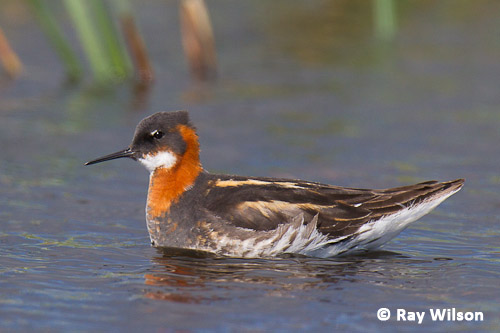
Red-necked Phalarope (Phalaropus lobatus)
The month began with 6 very successful days on the island of Fetlar. Red-necked Phalaropes were, of course, the stars of my stay. These beautiful shorebirds have an unusual breeding strategy that is the reverse of that normally seen in avian species: it is the females that are the brightly-coloured, dominant sex who fight over the right to mate with the more plainly-plumaged males.
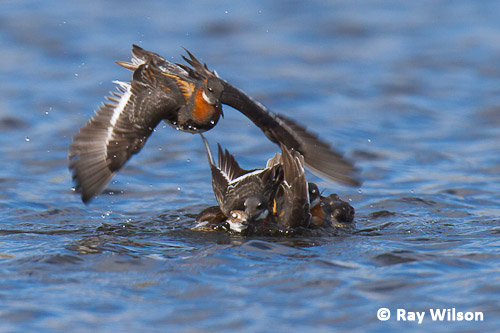
Red-necked Phalarope (Phalaropus lobatus)
Early one morning, while I was quitely sitting by one of the northern meres, a noisy, battling group of 6 Phalaropes, 5 females and 1 male, flew in and landed right in front of me. For the next 15 minutes a violent tussle ensued with the females quite often forcing the male under the water, half-drowning him in their eagerness to mate with him.
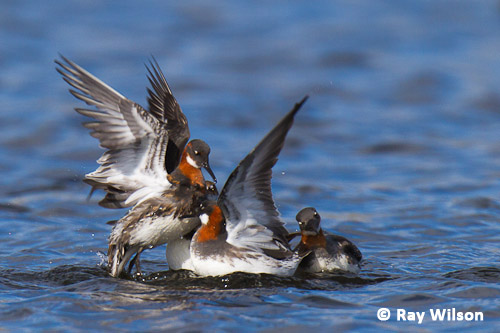
Red-necked Phalarope (Phalaropus lobatus)
About 90% of the British breeding population of Red-necked Phalaropes breed on Fetlar.
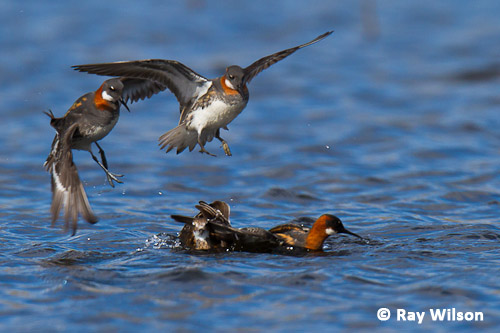
Red-necked Phalarope (Phalaropus lobatus)
Red-throated Divers are common on Fetlar and can be easily photographed from the roadside at Loch of Funzie.
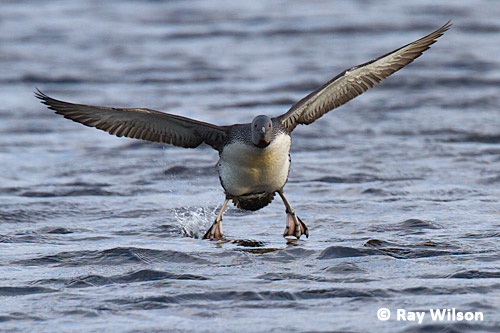
Red-throated Diver (Gavia stellata) coming in to land
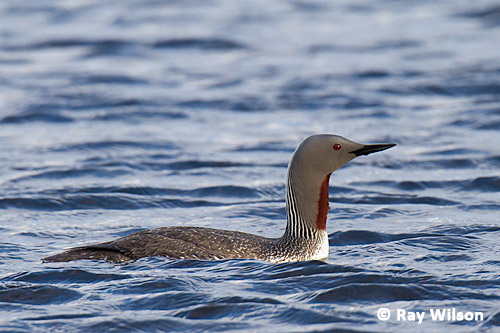
Red-throated Diver (Gavia stellata)
Other northern specialities on the island included Arctic and Great Skuas.
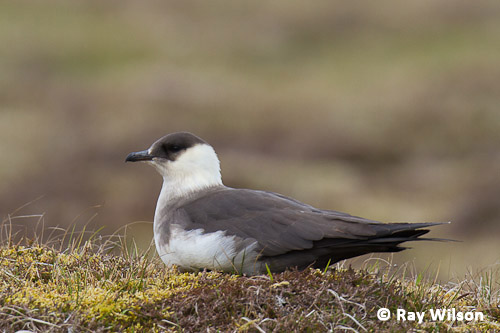
Arctic Skua (Stercorarius parasiticus)
Arctic Skua was, by far, the scarcer of the two with he dark morph being the more prevalent form. They were easiest to find on the moorland surrounding the airfield, but could also occasionally be seen pretty much anywhere on the island.
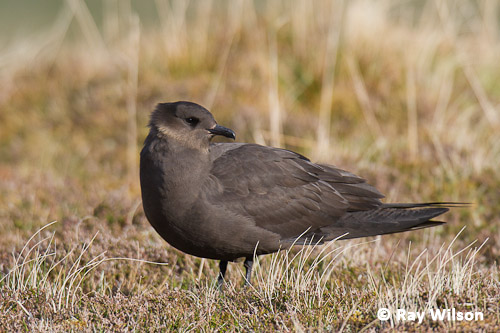
Arctic Skua (Stercorarius parasiticus)
There are several Great Skua colonies on Fetlar, with the biggest one that I found being on Lamb Hoga.
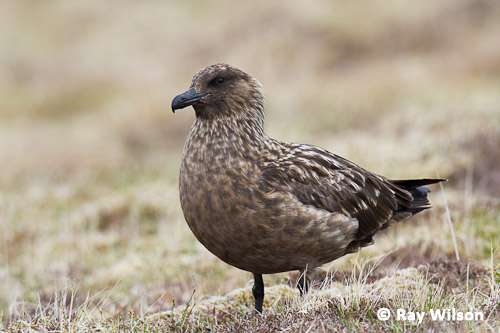
Great Skua (Catharacta skua)
The footpath I was following went straight through the middle of it which meant I had to run the gauntlet of being constantly dive-bombed by these aggressive birds.
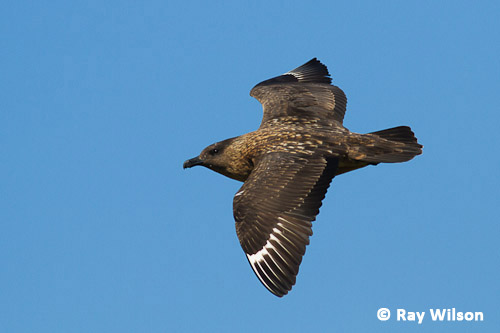
Great Skua (Catharacta skua)
Not all the aggression was directed at me, however, and there were frequent aerial battles as the birds defended their nest territories from their neighbours.
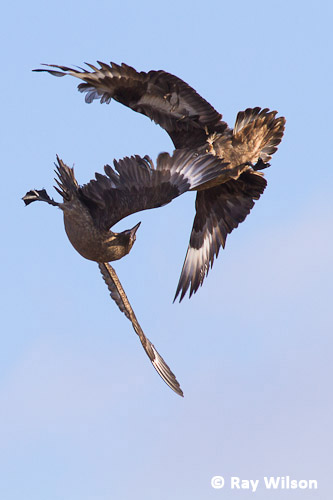 |
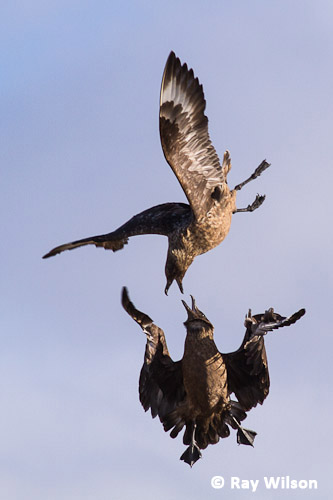 |
Great Skuas (Catharacta skua) fighting
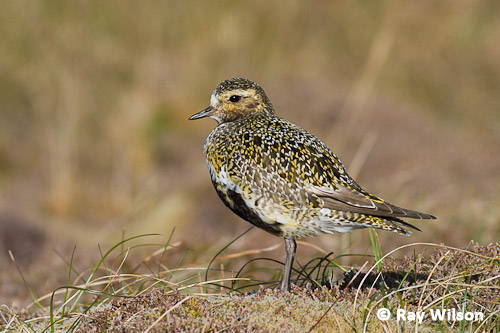
Golden Plover (Pluvialis apricaria)
Also on the moorland, close to the skua colony, were nesting Golden Plover and Whimbrel.
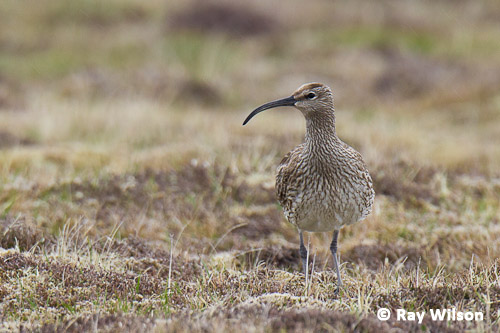
Whimbrel (Numenius phaeopus)
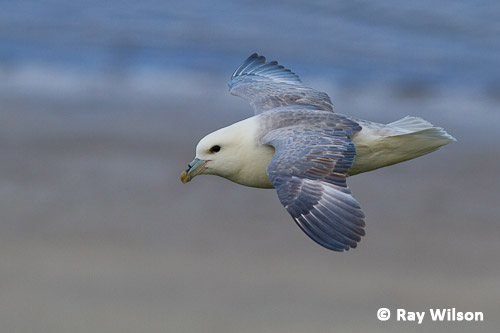
Fulmar (Fulmarus glacialis)
All around the headland, numerous Fulmars were soaring on the updrafts generated by the freezing cold northerly wind hitting the cliffs.
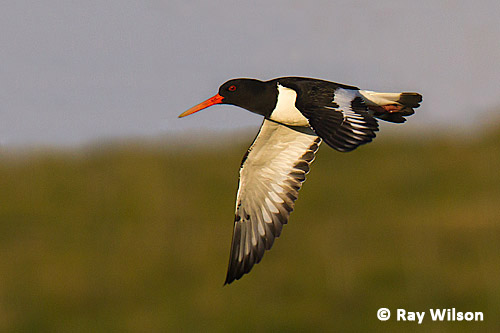
Oystercatcher (Haematopus ostralegus)
Back at Funzie, several pairs of Oystercatchers were nesting in the fields beside the road.
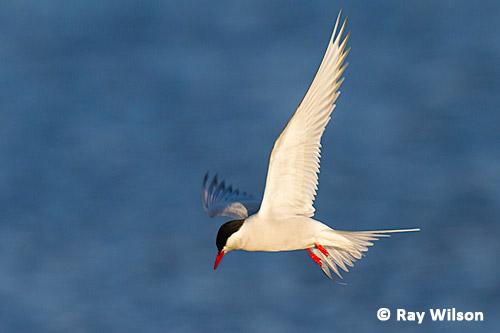
Arctic Tern (Sterna paradisaea)
The Arctic Terns were very photogenic in the evening sun as they hovered above the edge of the loch looking for fish in the shallow water.
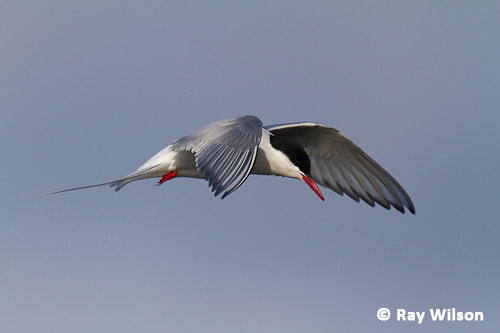
Arctic Tern (Sterna paradisaea)
At the other end of the island, at the old pier, a pair of Ringed Plover were nesting on the pebble beach.
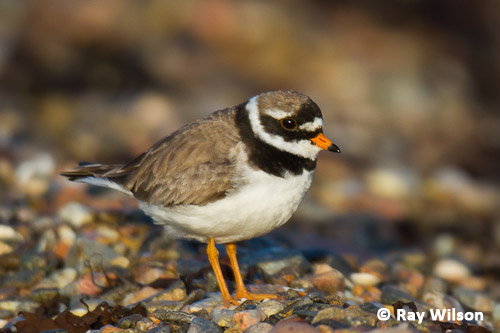
Ringed Plover (Charadrius hiaticula)
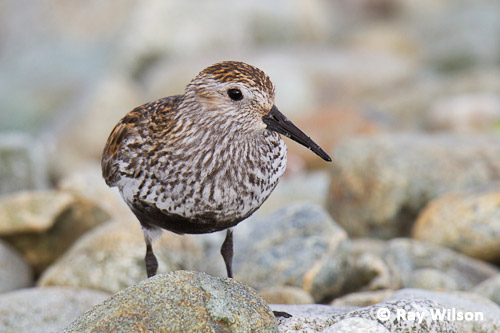
Dunlin (Calidris alpina)
The photo below shows the typical weather I experienced for the whole week: mostly sunny with just a few short rain showers. About as good as you can reasonably hope for in northern Shetland!
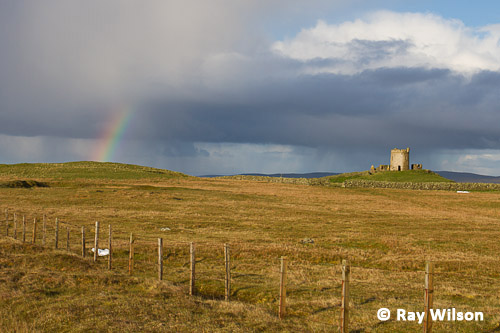
Ray Wilson owns the copyright of all images on this site.
They may not be used or copied in any form without prior written permission.
raywilsonphotography@googlemail.com